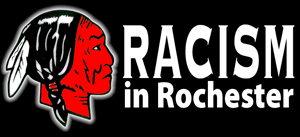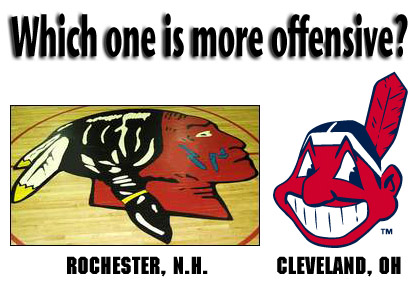
Roget's Thesaurus has three entries for the term "raider."
Main Entry: bandit
Part of Speech: noun
Definition: thief
Synonyms: brigand, crook, desperado, forager, gangster, gunman, highwayman, hijacker, holdup man, hooligan, marauder, mobster, outlaw, pillager, pirate, plunderer, racketeer, raider, ravager, robber, villain
Source: Roget's New Millennium™ Thesaurus, First Edition (v 1.2.1)
Copyright © 2006 by Lexico Publishing Group, LLC. All rights reserved.
Main Entry: intruder
Part of Speech: noun
Definition: trespasser
Synonyms: burglar, buttinsky, crasher, criminal, gate-crasher*, infiltrator, interferer, interloper, interrupter, invader, meddler, nuisance, obtruder, prowler, raider, snooper, squatter, thief, trespasser
Source: Roget's New Millennium™ Thesaurus, First Edition (v 1.2.1)
Copyright © 2006 by Lexico Publishing Group, LLC. All rights reserved.
* = informal or slang
Main Entry: robber
Part of Speech: noun
Definition: stealer
Synonyms: bandit, brigand, buccaneer, burglar, cardsharper*, cat burglar, cattle thief*, cheat*, chiseler*, con man, corsair, crook, desperado, despoiler, fence, forager, fraud, grafter, highwayman, hijacker, hold-up man, housebreaker, looter, marauder, mugger, operator, pickpocket, pilferer, pillager, pirate, plunderer, prowler, punk*, raider, rustler, safe-cracker, sandbagger*, second-story man, shoplifter, stealer, stickup man, swindler, thief, thug
Source: Roget's New Millennium™ Thesaurus, First Edition (v 1.2.1)
Copyright © 2006 by Lexico Publishing Group, LLC. All rights reserved.
* = informal or slang
Which one of the entries above sounds like Native Americans should feel honored by being referred to in this manner?
The trouble with such a nickname is even if the school itself does nothing disrespectful, opponents, supporters, and even local newspapers may not have the same degree of understanding and respect.
In 2001, Foster's Daily Democrat ran a story with the headline Red Raiders shot down. The following year Democrat staff sportswriter Mark Quirk wrote the following line: "Manchester West High School scored all nine of its runs in the bottom of the first inning, and after that could do nothing but watch as Spaulding slowly chipped away to make a game out of what looked like a potential massacre." The reference may have been innocent and inadvertent but with this country's history of centuries of mistreatment of Indian people, it is at the very least unfortunate.
Changing the name would prevent such unfortunate occurrences.
"The Red Raiders" (Silent – 1927)
Around the time Rochester High School was contemplating a nickname for their sports teams—and 12 years before the founding of Spaulding High School—a silent movie was released in the U.S. called "The Red Raiders." This one-hour film, set in 1868 Montana, portrays a band of Sioux, some of whom are apparently hoping to be "given" a reservation, pitted against a warrior who refuses to believe the white man will deliver and vows revenge against the fictional "Fort Oswego." In actual fact, Native people fought to their last breath the forced removal of their people from their lands to these reservations. In 1868 the U.S. Army signed a treaty with the Lakota at Fort Laramie in the Wyoming Territory, "guaranteeing to the Lakota ownership of the Black Hills, and further land and hunting rights in South Dakota, Wyoming, and Montana. The Powder River Country was to be henceforth closed to all whites. The treaty ended Red Cloud's War."
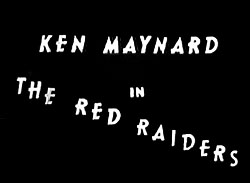 |
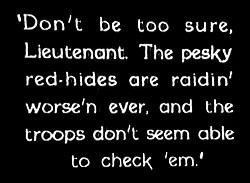 |
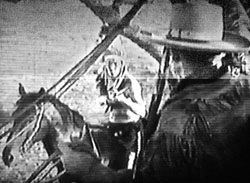 |
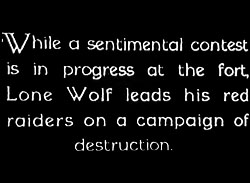 |
The Red Raiders (1927)
PLOT DESCRIPTION (The New York Times)
Red Raiders is the best-known of Ken Maynard's silent westerns, and not without reason. While the title tells all plotwise, the film transcends its "Cowboys vs. Indians" trappings with its sympathetic portrayal of Maynard's Native American opponents. Yes, the Indians do go on the warpath against the whites, but only after the headstrong young chief (played by Chief Yowlachie) is extensively advised not to resort to violence by his level-headed tribal elders. In fact, it is the death of this hostile chief that brings about a "lasting" peace between the Indians and the settlers in the final footage.
Of historical interest is the fact that the film was largely shot on the site of Custer's Last Stand, with one of the few living veterans of that confrontation, an Indian named White Man Runs Him, appearing as "himself."
During filming of the battle scenes in Red Raiders, one of the Native American extras was killed with live ammunition; reprisals from the local Indians were avoided when it was discovered that the dead man was murdered by his own son-in-law, a domestic dispute that had nothing to do with the film. Red Raiders was for many years the only "B" western to be included in the repertory of the George Eastman House in Rochester, New York.
Despite the contention made by this fairly recent description from the N.Y. Times, the film did NOT feature a "sympathetic portrayal" of the Indians. The portrayal was historically inaccurate and condescending, which may be seen as "sympathetic" by some observers. Not me. In the movie the tribe was split into two factions. One called the white men their "friends," the other distrusted them, but both were hoping for a reservation, a peculiar phenomenon that stretches the historical truth in an effort to make 1920's white society feel better about the violent treatment and subjugation of Indian people in this country—a phenomenon that continues to this day.
Final note: One scene featured written orders from President Ulysses S. Grant, dated June 5, 1868. Andrew Johnson was the president from April 15, 1865 (the day Lincoln died) to March 3, 1869. Grant was not sworn in as president until March 4, 1869. --ps
